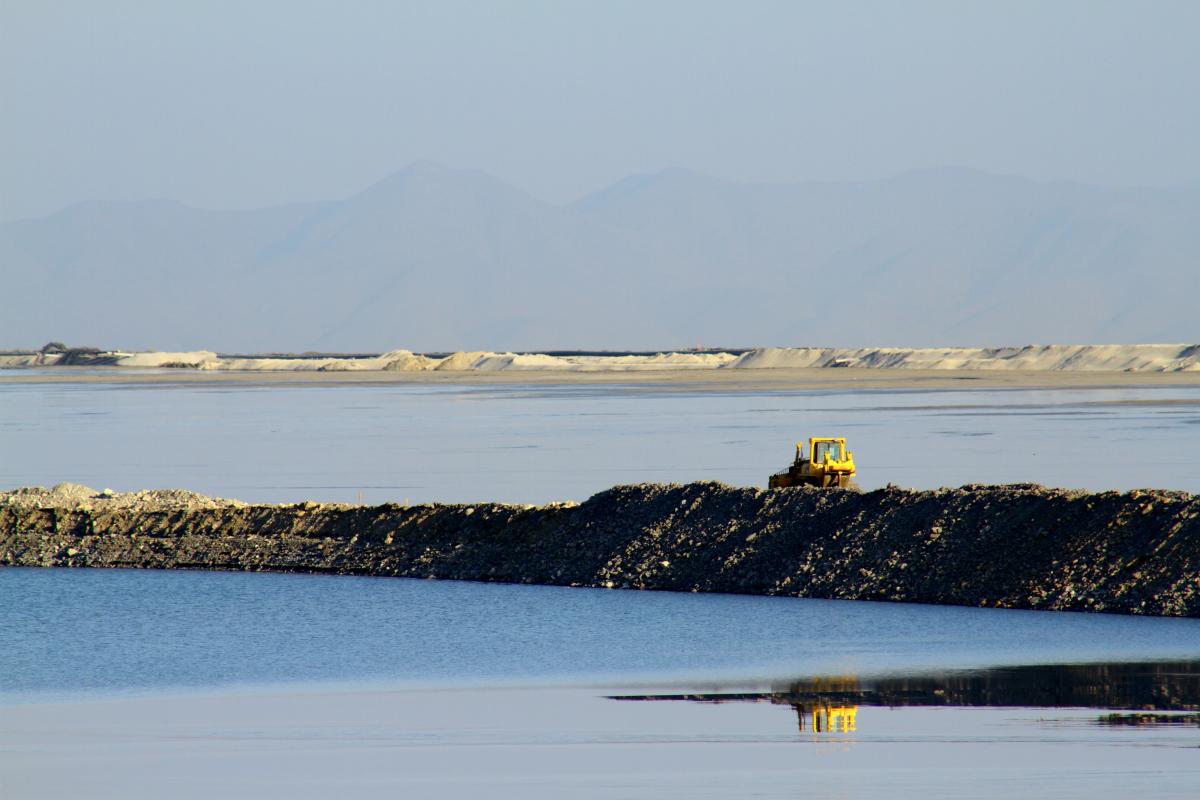Goldcorp’s EcoTails Technology Challenges Mining’s Historical Relationship with H2O

It’s no secret that mining is a water-intensive process, and the use and protection of water - a precious resource - has come under increasing scrutiny. Growing Innovation is a core value at Goldcorp that we apply to all areas of our business. Innovation in water technology is no exception and we are looking to play a leadership role in our industry to advance solutions for water conservation.
The company’s Towards Zero Water (H2Zero) initiative aims to both drastically reduce fresh water consumption and ultimately eliminate conventional slurry tailings, currently the largest store of unavailable water in the mining process. To that end, we have just advanced to a new phase of testing a mine waste management technology called EcoTails that represents a potentially giant leap forward in tailings, and possibly waste rock management.
So, what is EcoTails, and how does it work?
The brainchild of Simon Hille, Vice President of Metallurgy and Process, and Mike Jacobs, Director of Water and Tailings, EcoTails is an entirely new way of thinking about mine waste management and water conservation. In essence, it blends filtered tailings with waste rock in transit – creating a geotechnically stable product called GeoWaste, and eliminates the need to keep conventional slurry tailings contained in a dam and submerged in water.
Here’s how it works: in the GeoWaste, tailings fill the void spaces between waste rock particles, reducing the opportunity for oxygen flow. When the coarse waste rock particles and the finer, filtered tailings particles co-mingle, the overall product has improved shear strength and better physical stability, which facilitates mine reclamation.
The possible results? No tailings dam, lower fresh water use, reduced acid rock drainage, a smaller mine footprint, and less overall risk.
“Co-mingling has been around for a while,” explains Hille. “However the traditional way of mixing is labor intensive and complex, using multiple mobile machines. Now we’re blending on a conveyance system to harness efficiency of mass material movement. EcoTails sets us up to fundamentally change how we operate in the future, not just for Goldcorp, but for all large-scale operations.”
Another benefit of EcoTails lies tantalizingly on the horizon: lower overall costs. Goldcorp envisions scaling-up the technology to make it cost-competitive against the industry standard and at high volumes. Doing so will require processing equipment that is up to 375 percent larger than what is currently on the market to lower operating costs and streamline maintenance.
Hille is currently overseeing a proof-of-concept study at the Peñasquito mine that will be completed this summer. A full-scale prototype is next, and depending on the results, the possible deployment at the mine.
“Water is life,” he adds. “It needs to be treated in a way that shows long-term respect for the communities in which we operate, and sustainable outcomes. At the end of the day, we’d like to demonstrate EcoTails to the world, so everyone moves towards this type of progressive mine management. I’m fortunate to work for a company that’s willing to take risks and innovate to make these changes possible.”
